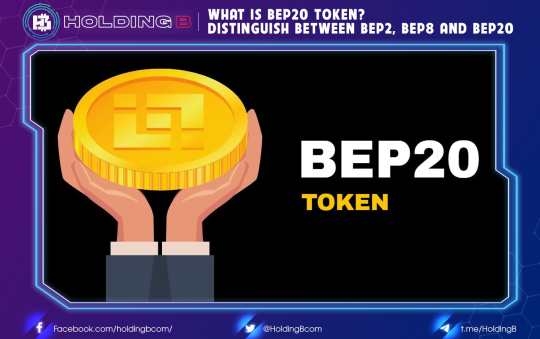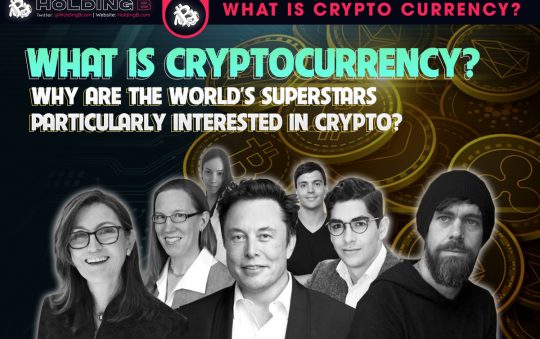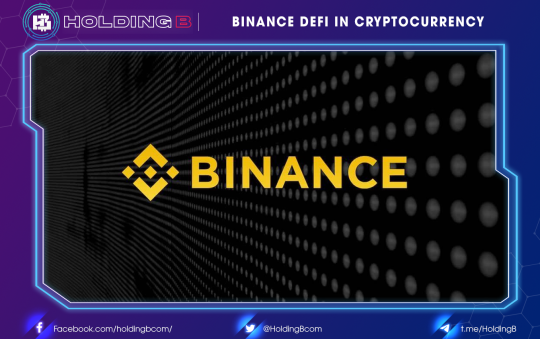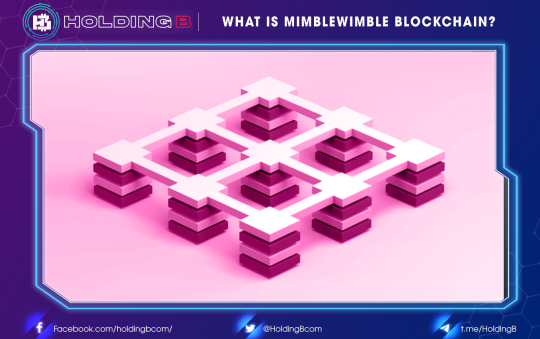What is Solana?
Solana is an open-source blockchain that supports smart contracts, including non-fungible tokens (NFTs) and a wide range of decentralized applications (dApps).
Its native token is SOL, released in 2017. Users use SOL to pay transaction fees or use it for Solana governance voting.
Who established Solana?
In 2017, Solana was created by Anatoly Yakovenko. Yakovenko, currently the CEO of Solana Lab, has a background in system design and wants to apply his knowledge to a new blockchain model that allows for faster processing speeds.
Specifically, Yakovenko wrote a conceptual whitepaper related to distributed systems called Proof of History (PoH). Proof of history (PoH) combined with the blockchain’s underlying proof-of-stake (PoS) consensus algorithm eliminates the problem of scalability and the time it takes to reach consensus, he said.
The mission of Solana and its success

As we all know, Blockchain has provided us with a new ideal perspective in which it is possible to completely transform society in the future. Identity verification systems, smart assets, autonomous structures, and governance models such as DAO are just a few examples (Decentralized Autonomous Organization).
However, there is still a significant impediment to seeing the effects of these applications, and that is their limited scalability. Despite its popularity, the Ethereum blockchain currently has significant scalability and stability issues. In the meantime, the upgraded version of ETH 2.0 has made no visible progress in this area.
Solana was created after witnessing for a long time the difficulties associated with transaction validation and low payment speed, and wanting to maintain the high security and decentralization of Blockchain.
Indeed, the Solana Blockchain ensures faster transaction times, which leads to improved data transmission between parties to confirm transactions.
More specifically, the Solana network can process 50,000 transactions per second with low fees (approximately $ 10 for 1 million transactions), assisting the SOL coin’s value to rise day by day.
Solana’s benefits have also helped to boost its popularity. Solana has risen to the top of the list of cryptocurrencies with a growth value of nearly 200 percent since the beginning of 2021, just over 1.5 years after its launch in March 2020. In September 2021, Solana’s price reached an all-time high of 214.36 US dollars, a whopping 11,800 percent year-over-year increase. SOL is currently the 9th most valuable coin on CoinMarket.
In addition, the launch of Solana Pay will propel SOL to new heights in the coming days.
The difficulties that Solana has to face
Despite the above-mentioned improvements, Solana’s network system continues to have issues.
In September, the Solana network was down for 17 hours, according to the developers, due to “resource exhaustion”.
Some people have lost faith in Solana, claiming that despite its high transaction throughput, it prioritizes scalability over security. They have other options such as Ethereum 2.0, Binance Smart Chain, Polygon, Cardano, and Avalanche… Others argue that such issues are to be expected, particularly in a project attempting to address blockchain scalability.
According to a tweet from Solana Status, network congestion on the Solana mainnet beta was extremely high. This is related to previously identified problems that engineers are working to improve and resolve.
Solana opens the gate to DeFi’s development
DeFi has ushered in a new era in which complex financial products and services that were previously only available through large institutions can now be transformed into automated tools without the need for a bank, brokerage firm, or agent. These services, which we can call a peer-to-peer and instant transaction system, can be accessed by anyone, anywhere, and at any time.
And it is the decentralized exchanges that are causing DeFi’s popularity to grow.
When it comes to DeFi, most people think of Ethereum, which is quite popular and draws a sizable portion of the community. Its popularity, however, is a “double-edged sword.” Congestion has become a problem for the Ethereum network.Transaction fees on the Ethereum network have increased as a result of the congestion, discouraging users from participating.This issue is also holding back application developers (Dapps) who are looking for Ethereum alternatives. Most decentralized exchanges switched to an automated market maker (AMM) model last year, from an order book-based model. Although Ethereum’s throughput has improved, this model is still inefficient when compared to the order book model.
And Solana is a popular choice among application developers due to its advantages in terms of transaction speed and flexibility, as well as the fact that it uses a layer 1 solution rather than a layer 2 protocol.
The ‘Wormhole’ effect, which is seen as a bridge connecting Solana’s blockchain with other DeFi networks like Terra and Ethereum, is a particularly interesting point here. DeFi projects, such as Solana’s high throughput or affordability, benefit greatly from this factor, resulting in the creation of a comprehensive connection system for the DeFi ecosystem.
Solana and NFT projects
Normally, users must invest a significant amount of time and money when buying and selling NFTs.
As a result, many NFT projects are looking to migrate to layer 2 or other chains with faster processing speeds and lower costs. One of these options is Solana.
Many “play-to-earn” games are currently being developed on Solana: DeFi Land, Star Atlas,…
Solana is a Proof-of-Stake blockchain that supports decentralized applications and smart contracts (DApps). It’s also a serious competitor to Ethereum, with lower transaction costs and faster transaction speeds.
Furthermore, minting or sending a non-fungible token on Ethereum necessitates more computation, resulting in higher gas fees, which are sometimes higher than the NFT itself. There will be instances where gas fees are not required but other fees must be paid, such as on Ethereum-based marketplaces such as OpenSea, where fees must be paid to open an account, list NFTs, and cancel auctions, among other things. On the other hand, the average cost of minting an NFT on Solana is lower than it is on Ethereum. Solana is a good choice if you are new to NFT and want to save money.
On Ethereum, if the mempool is overcrowded, your minting process will take a long time and will fail, but the buyer will still have to pay the gas fee. Minting Solana takes only a few seconds and almost never fails.
According to CryptoSlam data, NFT sales on the Solana Blockchain surpassed $1 billion in total volume in January 2022. With the benefits of the Solana blockchain, we can expect an explosion of NFT on Solana in the future.
See ya in the next article !
Don’t forget to follow useful articles about Crypto Market from team Holding B !!!
- Telegram Channel: https://t.me/HoldingBcom
- Telegram Group: https://t.me/HoldingB
- Website: https://holdingb.com/
- Twitter: https://twitter.com/HoldingBcom
- Facebook: https://www.facebook.com/holdingbcom





